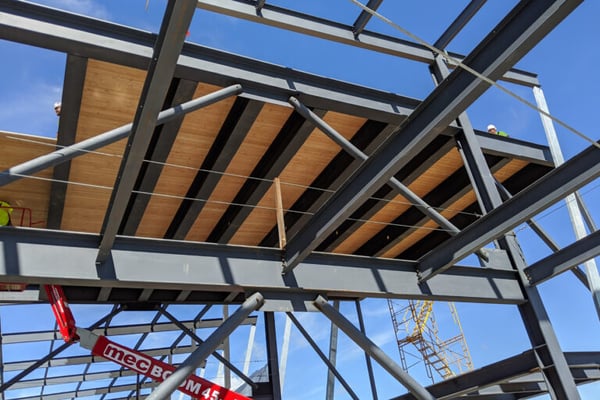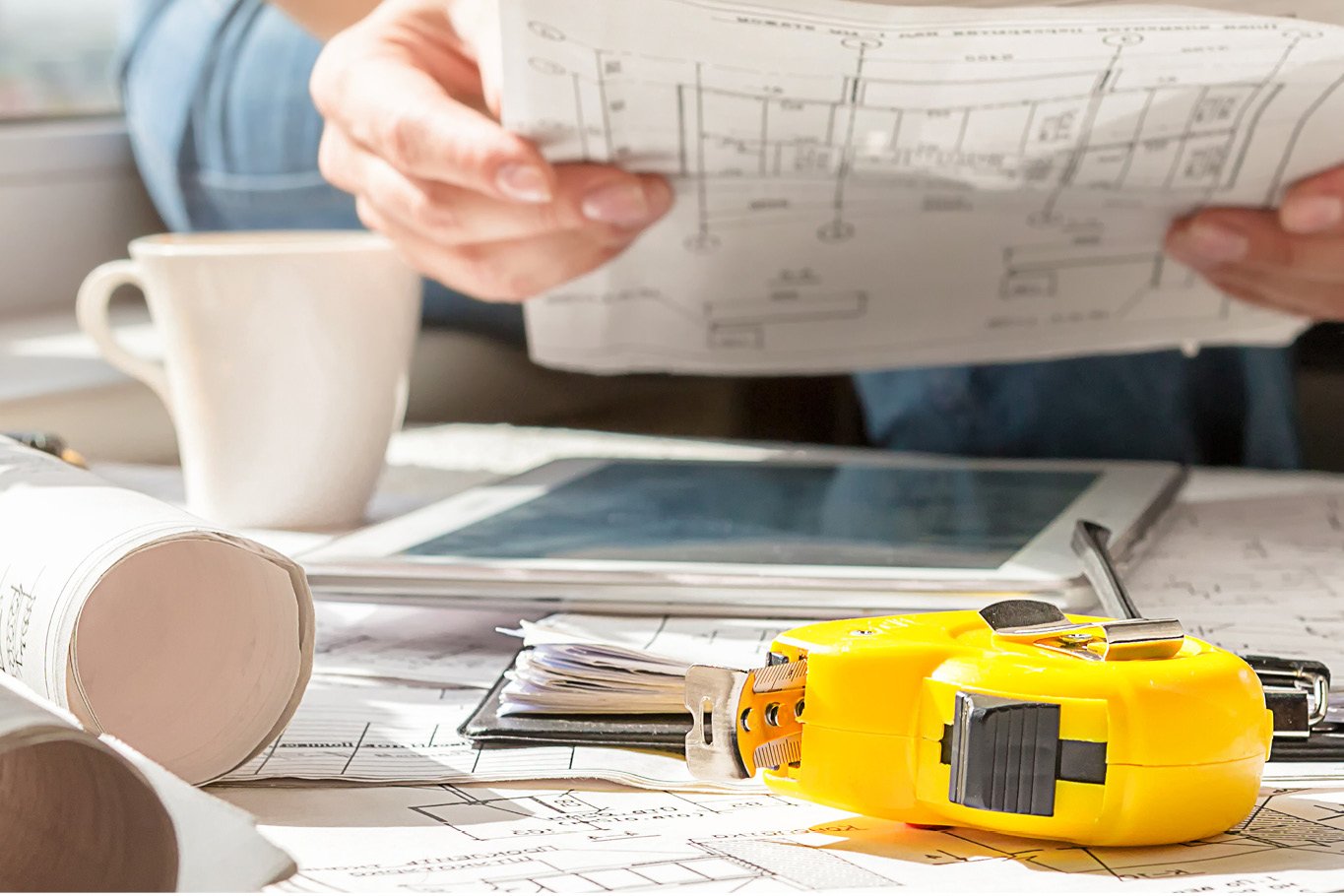Cost overruns are a source of anxiety for most building owners. Aside from the obvious, overruns can delay a project’s timeline, cause disputes with stakeholders, and diminish the return on your investment. If you are looking to hire an architect, you may be wondering how they will manage the design process to keep your project within budget.
Although cost overruns are a possibility, your architect can work to avoid them. At Neumann Monson, we work to manage budgets from a project’s onset and provide our clients with the best possible value. Our efforts have paid off, helping us deliver projects like Lone Tree Wellness Center below budget.
In this article, we will discuss five strategies architects use to mitigate cost overruns during the design process. These strategies include:
- Working with cost estimators
- Investigating unknowns
- Allowing for contingencies and escalation
- Planning alternates
- Designing for value
By the end, you will understand how your architect can manage the design process to help keep your project within budget. Although there is no guarantee that you won’t encounter cost overruns, these best practices can help.
Strategies for Preventing Cost Overruns
1. Working with Cost Estimators
The early phases of the design process establish a broad vision for your project. In later phases, plans become more tangible, and your architect will start writing specifications. To mitigate cost overruns, your architect will work with a cost estimator and get accurate estimates on labor and materials.
This process will differ depending on your project delivery method. On design-bid-build projects, your architect may work with a third-party cost estimator. On projects that use a design-build or a design-negotiate-build method, the architect may work directly with the contractor.
Regardless, your architect should aim to keep all specifications within the budget’s parameters. Taking the time to research costs in the design phase will reduce the chances of unexpected overruns in construction.
2. Investigating Unknowns
Every building project presents unknowns. Without adequate research, these unknowns can lead to costly change orders during construction. To mitigate unexpected costs, your architect should work to eliminate as many unknowns as possible.
Every project will require different research. New buildings, for example, may require geotechnical surveys to examine the site’s soil conditions. On renovations, your architect will need to inspect the building’s existing condition and determine if you need services like asbestos removal.
By investigating these unknowns, you can reduce the number of surprises you will encounter during construction. If a geotechnical survey finds that your site sits over a limestone outcropping, you can set aside a portion of your budget and plan for soil excavation.
3. Allowing for Contingencies and Escalation
Even with ample research, unexpected situations arise. Contingencies provide a buffer and help mitigate unexpected costs. On most building projects, you will encounter three contingencies:
- Design
- Bidding
- Construction
Design contingencies are a portion of the budget that you set aside while the project develops. Typically, they are higher in the early design phases and reduce as the project progresses.
Bidding contingencies cover bid day anomalies. If, for example, your project bids at a higher-than-expected cost due to a last-minute increase in lumber prices, the contingency helps keep bids within the expected range.
Lastly, construction contingencies cover the cost of change orders. Even with expert planning, change orders may arise due to owner-requested changes, errors or omissions in the construction documents, or unforeseen conditions that were not caught in pre-design research. The contingency will help cover these costs.
By allowing for contingencies, your architect greatly reduces the chance of cost overruns. Read our guide to contingencies for a more detailed explanation of this topic.
Escalation
In addition to contingencies, architects will factor escalation into your budget. “Escalation” is a prediction of cost increases over time, especially in terms of material prices. On most projects, a cost estimator will predict until the midpoint of construction.
Usually, escalation will be 4% of the construction cost annually, but if the market is more volatile, your architect may estimate more. Like contingencies, escalation provides assurance that the project will not go over budget due to prices increasing.

Escalation predicts price increases for materials like steel and lumber.
4. Planning Alternates
Alternates are another method for mitigating cost overruns. When a project goes out to bid, alternates show you how much you can add to a project before going over budget or how much you need to deduct to stay on track.
Your architect can implement one of two alternates: add or deduct. Add alternates are used for items you deem desirable but are not essential to the project. For example, if you are designing a commercial office building, you may design a fitness center as an alternate. If the overall bid is lower than expected, you can include this extra item.
Deduct alternates, on the other hand, are a cost-reduction mechanism. Like add alternates, they are usually for non-essential items. If the project bids higher than expected, you can remove these items from the project’s scope. Regardless of which method you use, both help prevent cost overruns when the team is unsure of the bid day outcome.
5. Designing for Value
Perhaps the best way to mitigate costs is to design with value in mind. An architect’s goal is to align your goals with your budget and to achieve the best quality building within the budget’s parameters.
This does not mean cutting costs. Instead, the architect should examine your priorities and determine the best place to invest your budget. For example, if sustainability is one of your top priorities, you may choose to invest more of your budget in highly efficient systems. If square footage is your main priority, your architect may need to find less expensive finishes to achieve the size requirements.
The goal is to find solutions that balance scope, materials, and systems. Your architect should work to deliver the greatest value in the most important areas and find ways to reduce costs in areas that are not as high of a priority.
Ready to Learn More About Costs?
Budgets are one of the biggest concerns for anyone entering a building project. Luckily, architects have plenty of tools to mitigate the chance of cost overruns.
Now that you understand the role architects play in managing budgets, learn what type of costs you are likely to encounter on a building project by reading our guide to construction and project costs.
When hiring an architect, find a trusted partner who will work with you to balance your priorities with your budget and work to keep the project on track. To learn Neumann Monson’s approach to project management, call us and schedule an exploratory meeting.
